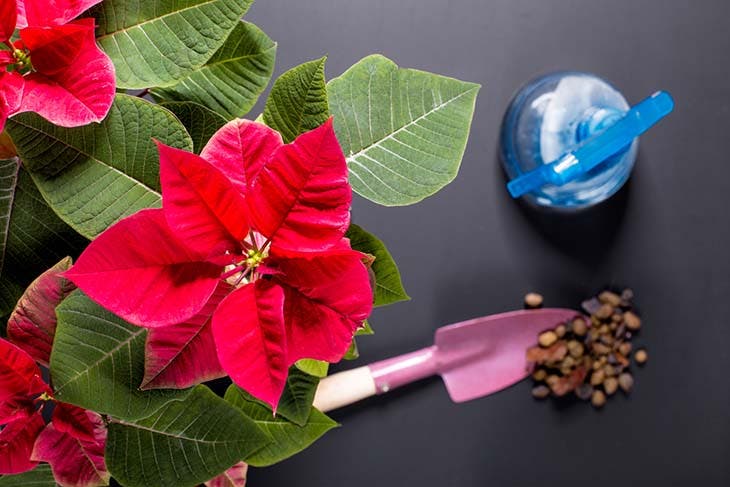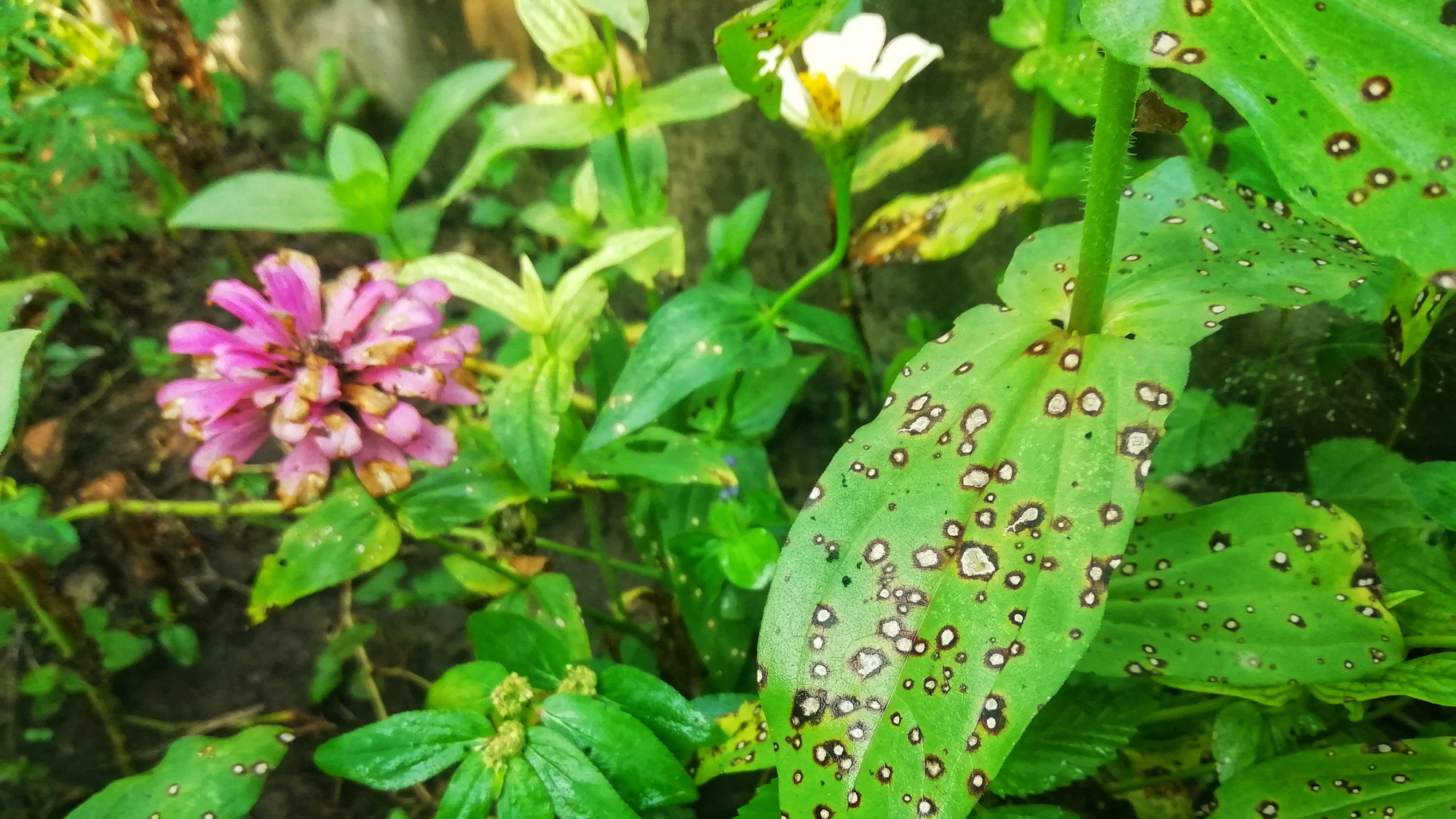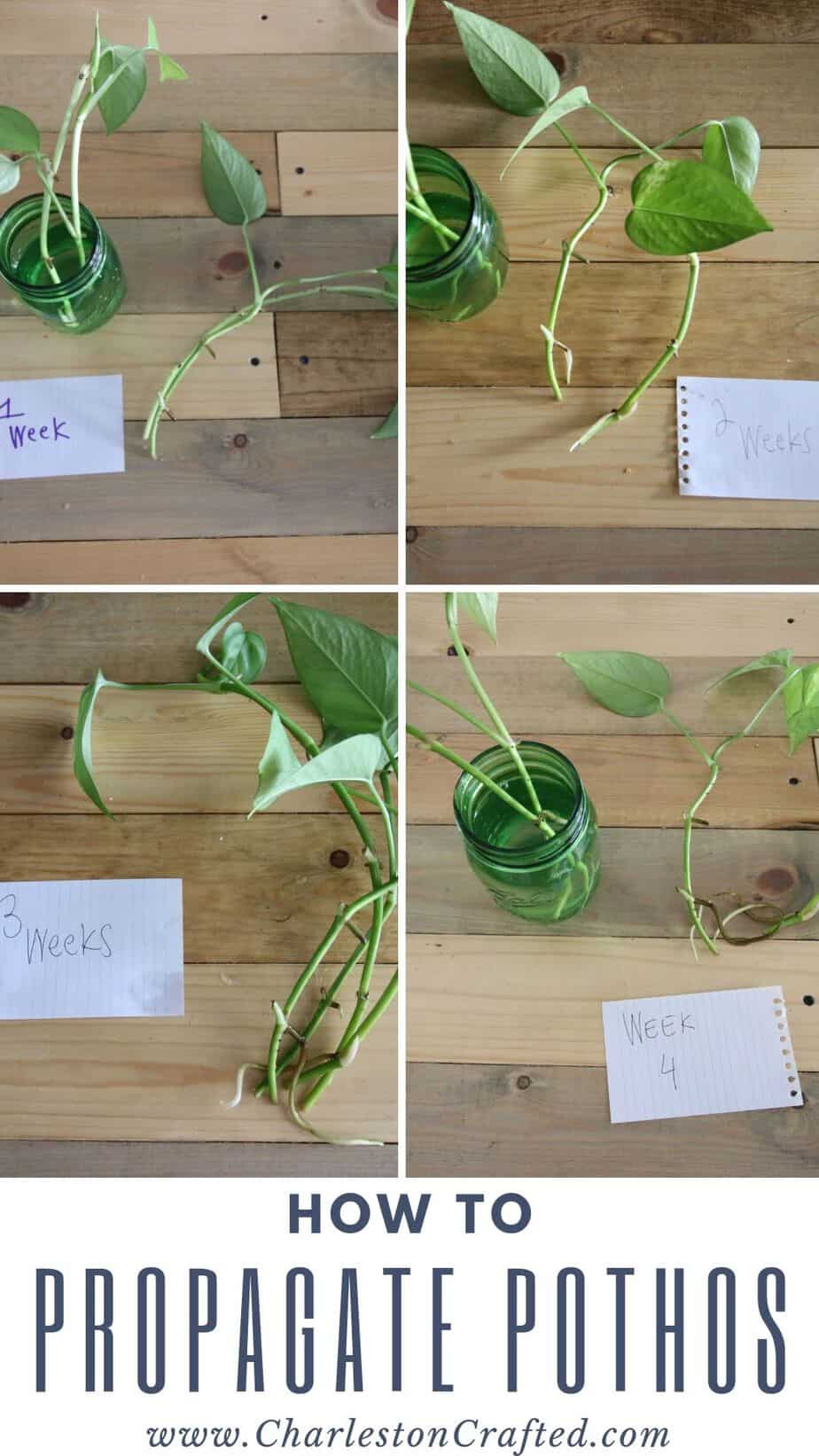Choosing the Perfect Poinsettia: What to Look for When Selecting a Healthy Plant
When it comes to selecting a poinsettia plant, there are several key factors to consider to ensure you choose a healthy and thriving plant. One of the most important things to look for is the color and shape of the bracts, which are the large, brightly colored leaves that surround the small yellow flowers in the center of the plant. Look for plants with bracts that are a vibrant red, pink, or white color, and that are shaped like a star or a rounded oval.
In addition to the bracts, it’s also important to check the health of the leaves on the plant. Look for leaves that are a deep green color and that are free of any signs of disease or pests. Avoid plants with leaves that are wilted, yellow, or have holes in them. The overall condition of the plant is also important, so look for plants that are well-watered and that have a sturdy stem that can support the weight of the leaves and bracts.
Another thing to consider when selecting a poinsettia plant is the size and shape of the plant. Look for plants that are compact and bushy, with a balanced shape that will fit well in the space where you plan to display it. Avoid plants that are leggy or sparse, as they may not be as visually appealing.
By considering these factors, you can choose a healthy and thriving poinsettia plant that will provide beautiful color and interest to your home or office during the holiday season. With proper care, a poinsettia plant can last for several weeks, and can even be kept alive and thriving throughout the year. To learn more about how to care for your poinsettia plant, including tips on watering, lighting, and fertilizing, see the next section.
For those wondering how do I care for my poinsettia, the answer starts with selecting a healthy plant. By choosing a plant with vibrant bracts, healthy leaves, and a sturdy stem, you’ll be off to a great start. With the right care and attention, your poinsettia plant can thrive and provide beautiful color and interest to your space.
How to Care for Your Poinsettia: Essential Tips for Watering, Lighting, and Temperature
Proper care is essential to keep your poinsettia plant thriving. One of the most important aspects of poinsettia care is watering. Overwatering is a common mistake that can lead to root rot and other problems. To avoid this, check the soil daily and only water when it feels dry to the touch. Make sure to water thoroughly, but avoid getting water on the leaves or crown of the plant.
Lighting is also crucial for poinsettia care. These plants prefer bright, indirect light, but direct sunlight can cause the leaves to become scorched. East- or west-facing windows are ideal for poinsettias. Avoid placing your poinsettia in a spot with low light, as this can cause the plant to become leggy and weak.
Temperature is another important factor to consider when caring for your poinsettia. These plants prefer daytime temperatures between 65-70°F (18-21°C) and nighttime temperatures around 55-60°F (13-15°C). Avoid placing your poinsettia near heating or cooling vents, fireplaces, or drafty windows.
In addition to watering, lighting, and temperature, fertilization is also important for poinsettia care. Feed your poinsettia with a balanced, water-soluble fertilizer once a month. This will provide the necessary nutrients for optimal growth and flowering.
For those wondering how do I care for my poinsettia, the answer lies in providing the right conditions for growth and flowering. By following these essential tips for watering, lighting, and temperature, you can keep your poinsettia plant thriving and enjoy its beautiful color and interest throughout the holiday season.
It’s also important to note that poinsettias are sensitive to extreme temperatures, so avoid placing them near drafty windows or doors. By keeping your poinsettia in a stable and comfortable environment, you can help it thrive and enjoy its beautiful color and interest for weeks to come.
By following these simple care tips, you can keep your poinsettia plant happy and healthy. Remember to water carefully, provide bright indirect light, and maintain a comfortable temperature. With proper care, your poinsettia will thrive and provide beautiful color and interest to your home or office.
Poinsettia Plant Nutrition: Fertilizing for Optimal Growth and Color
Fertilizing is an essential part of poinsettia plant care. These plants require a balanced diet of nutrients to promote healthy growth and vibrant color. When it comes to fertilizing your poinsettia, it’s essential to choose the right type of fertilizer and apply it at the right time.
A balanced, water-soluble fertilizer is the best choice for poinsettias. Look for a fertilizer that contains equal amounts of nitrogen, phosphorus, and potassium (NPK). A 20-20-20 formula is a good starting point. You can also use a fertilizer that is specifically formulated for flowering plants, as these will promote blooming and color.
When to fertilize your poinsettia is also important. Start fertilizing your plant when you bring it home, and continue to fertilize once a month. You can fertilize more frequently, but be careful not to over-fertilize, as this can damage the plant.
For those wondering how do I care for my poinsettia, fertilizing is a crucial step. By providing your plant with the right nutrients, you can promote healthy growth and vibrant color. Remember to fertilize your poinsettia once a month, and adjust the frequency as needed.
In addition to fertilizing, it’s also essential to repot your poinsettia plant every year. This will give the roots room to grow and help the plant absorb more nutrients. Choose a pot that is slightly larger than the original one, and use a well-draining potting mix to prevent waterlogged soil.
By following these fertilizing tips, you can keep your poinsettia plant healthy and thriving. Remember to choose the right type of fertilizer, apply it at the right time, and repot your plant every year. With proper care, your poinsettia will continue to bloom and provide beautiful color throughout the holiday season.
It’s also important to note that poinsettias have different nutrient requirements during different stages of growth. During the blooming stage, they require more phosphorus to promote flowering. During the growth stage, they require more nitrogen to promote leaf growth. By adjusting your fertilizing schedule accordingly, you can provide your poinsettia with the right nutrients at the right time.
Poinsettia Pruning and Grooming: How to Keep Your Plant Looking Its Best
Pruning and grooming are essential parts of poinsettia plant care. By removing dead or dying leaves and stems, you can help maintain the plant’s appearance and promote healthy growth. Here are some tips on how to prune and groom your poinsettia plant:
Start by removing any dead or dying leaves or stems from the plant. This will help prevent the spread of disease and encourage new growth. Use a pair of clean, sharp scissors or pruning shears to make the cuts, and make sure to disinfect the tools between cuts to prevent the spread of disease.
Next, shape the plant to maintain its desired shape and size. Poinsettias can become leggy and sparse if not pruned regularly, so make sure to trim back any long stems or branches. You can also use this opportunity to shape the plant into a more compact, bushy shape.
Another important part of poinsettia pruning and grooming is removing the flower stems after the blooms have faded. This will help the plant conserve energy and promote new growth. Simply cut the flower stems back to the base of the plant, and remove any dead or dying leaves or stems.
For those wondering how do I care for my poinsettia, pruning and grooming are crucial steps. By removing dead or dying leaves and stems, shaping the plant, and removing the flower stems, you can help maintain the plant’s appearance and promote healthy growth.
It’s also important to note that poinsettias can be sensitive to over-pruning, so make sure to prune only what is necessary. Over-pruning can cause the plant to become stressed, which can lead to disease and pest problems.
By following these pruning and grooming tips, you can keep your poinsettia plant looking its best. Remember to remove dead or dying leaves and stems, shape the plant, and remove the flower stems after the blooms have faded. With proper care, your poinsettia will continue to thrive and provide beautiful color and interest throughout the holiday season.
Common Poinsettia Problems: Troubleshooting Tips for Pests, Diseases, and Environmental Issues
Poinsettia plants are generally easy to care for, but they can be susceptible to certain pests, diseases, and environmental issues. Here are some common problems that can affect poinsettia plants, along with some troubleshooting tips to help you address them:
Pests: Poinsettia plants can be susceptible to pests such as mealybugs, spider mites, and aphids. To control these pests, use insecticidal soap or neem oil, and make sure to isolate the plant to prevent the pests from spreading to other plants.
Diseases: Poinsettia plants can be susceptible to diseases such as root rot, leaf spot, and powdery mildew. To control these diseases, use fungicides, and make sure to improve air circulation and reduce watering to prevent moisture from accumulating on the leaves.
Environmental Issues: Poinsettia plants can be susceptible to environmental issues such as temperature fluctuations, low humidity, and exposure to drafts. To address these issues, make sure to keep the plant in a stable environment, away from drafts and extreme temperatures, and use a humidifier to maintain a humid environment.
For those wondering how do I care for my poinsettia, troubleshooting common problems is an essential part of poinsettia plant care. By being aware of the potential problems that can affect your plant, you can take steps to prevent them and ensure that your plant remains healthy and thriving.
It’s also important to note that poinsettia plants can be sensitive to over-watering, which can lead to root rot and other problems. Make sure to check the soil regularly and only water when the soil feels dry to the touch.
By following these troubleshooting tips, you can help keep your poinsettia plant healthy and thriving. Remember to monitor your plant regularly for signs of pests, diseases, and environmental issues, and take action promptly to address any problems that arise.
In addition to these troubleshooting tips, it’s also important to maintain good hygiene when caring for your poinsettia plant. Make sure to wash your hands before and after handling the plant, and avoid touching the plant’s leaves or stems to prevent the spread of disease.
Poinsettia Plant Propagation: How to Grow New Plants from Cuttings
Poinsettia plants can be propagated from cuttings, which is a great way to share plants with friends and family or to create new plants for your own garden. Here’s a step-by-step guide on how to propagate poinsettia plants from cuttings:
Best Time to Take Cuttings: The best time to take cuttings from a poinsettia plant is in the spring or summer, when the plant is actively growing. Avoid taking cuttings in the fall or winter, as the plant may be dormant and the cuttings may not root well.
Preparing the Cuttings: To prepare the cuttings, choose healthy stems with at least two nodes (the joint where a leaf meets the stem). Cut the stems from the plant using a sharp, clean knife or pruning tool, and remove any lower leaves that will be below the soil line.
Rooting the Cuttings: To root the cuttings, place them in a pot filled with a well-draining rooting medium, such as a mix of peat moss and perlite. Water the cuttings thoroughly, and then place the pot in a warm, bright location, such as a sunny windowsill or under grow lights.
Caring for the New Plants: Once the cuttings have rooted, they will begin to grow new leaves and stems. To care for the new plants, provide them with bright, indirect light, and maintain a consistent temperature between 65-75°F (18-24°C). Water the plants when the soil feels dry to the touch, and fertilize them regularly with a balanced fertilizer.
For those wondering how do I care for my poinsettia, propagating new plants from cuttings is a great way to share plants with friends and family or to create new plants for your own garden. By following these steps, you can successfully propagate poinsettia plants from cuttings and enjoy their beautiful blooms for years to come.
It’s also important to note that poinsettia plants can be sensitive to over-watering, which can lead to root rot and other problems. Make sure to water the new plants carefully, and avoid getting water on the leaves or crown of the plant.
By following these tips, you can successfully propagate poinsettia plants from cuttings and enjoy their beautiful blooms for years to come. Remember to provide the new plants with bright, indirect light, maintain a consistent temperature, and water and fertilize them regularly.
Poinsettia Plant Toxicity: What to Know About Keeping Your Plant Safe Around Pets and Children
Poinsettia plants are known to be toxic to pets and children, and it’s essential to take precautions to keep them safe. The plant’s sap contains a chemical called diterpenoid euphorbol esters, which can cause skin irritation, vomiting, and diarrhea if ingested.
If you have pets or children, it’s crucial to keep the poinsettia plant out of reach. Place the plant on a high shelf or in a location where it cannot be easily accessed. If you suspect that your pet or child has ingested any part of the plant, seek medical attention immediately.
To minimize the risk of toxicity, make sure to handle the plant carefully and avoid touching your face or eyes after handling the plant. Wash your hands thoroughly with soap and water after handling the plant, and avoid eating or drinking near the plant.
For those wondering how do I care for my poinsettia, keeping the plant safe around pets and children is a top priority. By taking the necessary precautions, you can enjoy the beauty of your poinsettia plant while keeping your loved ones safe.
It’s also important to note that poinsettia plants are not fatal to pets or children, but they can cause discomfort and irritation. If you suspect that your pet or child has ingested any part of the plant, seek medical attention immediately to prevent any further complications.
By being aware of the potential toxicity of poinsettia plants, you can take the necessary steps to keep your pets and children safe. Remember to handle the plant carefully, keep it out of reach, and seek medical attention immediately if you suspect any ingestion.
In addition to keeping the plant safe around pets and children, it’s also essential to keep the plant away from other plants that may be sensitive to its toxic sap. By taking the necessary precautions, you can enjoy the beauty of your poinsettia plant while keeping your other plants safe.
Extending the Life of Your Poinsettia: How to Keep Your Plant Thriving After the Holiday Season
After the holiday season, many people wonder how to keep their poinsettia plant thriving. With proper care, a poinsettia plant can continue to bloom and provide beautiful color and interest throughout the year. Here are some tips on how to extend the life of your poinsettia plant:
Pruning: After the holiday season, prune your poinsettia plant to maintain its shape and encourage new growth. Remove any dead or dying leaves and stems, and cut back the plant to about half its height.
Lighting: Poinsettia plants prefer bright, indirect light, but they can tolerate low light conditions. Place your poinsettia plant in a spot with bright, indirect light, such as a sunny windowsill or under grow lights.
Watering: Poinsettia plants prefer well-draining soil and should be watered carefully. Water your poinsettia plant when the soil feels dry to the touch, and avoid getting water on the leaves or crown of the plant.
Fertilizing: Feed your poinsettia plant with a balanced fertilizer during the growing season (spring and summer). Dilute the fertilizer to half the recommended strength to avoid burning the roots.
For those wondering how do I care for my poinsettia, extending the life of your poinsettia plant requires proper care and attention. By pruning, providing the right lighting, watering, and fertilizing, you can keep your poinsettia plant thriving after the holiday season.
It’s also important to note that poinsettia plants can be sensitive to extreme temperatures, so keep your plant away from drafts and extreme temperatures. With proper care, your poinsettia plant can continue to bloom and provide beautiful color and interest throughout the year.
By following these tips, you can extend the life of your poinsettia plant and enjoy its beauty for months to come. Remember to prune, provide the right lighting, water, and fertilize your poinsettia plant to keep it thriving after the holiday season.








:max_bytes(150000):strip_icc()/poinsettias-keepers-or-compost-1403587-04-29d3989593b34038a9a1778995dc9aef.jpg)
